Michael Alexander speaks to the grandson of former Caledon Shipyard managing director Henry Main, who is backing a campaign for a model of the “most significant ships ever built on the Tay” to be returned to Dundee.
When Dundee ship enthusiast and former Caledon manager John ‘Jack’ Reilly launched his popular book The Caledon Shipyard, he compared the managing directors throughout the company’s 107 year-old history with those in other shipyards.
Very strong in character, they had usually come through the ranks from apprenticeships, then either via the production departments, or the technical drawing and design offices, had progressed through junior and senior management.
One man familiar with this route was Henry Main CBE who was managing director of Caledon from 1932 to 1949.
Born in West Calder, Midlothian in 1888, he served an apprenticeship with the London and Glasgow Shipbuilding & Engineering Company in Govan.
Gaining experience in Troon, London and Greenock, he was appointed an assistant chief draughtsman aged 23 and in 1914 he became chief draughtsman at Hall, Russell & Company in Aberdeen.
After a spell as repairs manager at Ardrossan Dockyard then a stint on the managerial staff at Lithgows Ltd, he joined the Caledon company in Dundee on February 1, 1927 and was appointed the general manager of the shipbuilding side of the business.
In 1929 he became a director of the company then in 1932 he was appointed managing director.
His service at the Caledon took in a time of deep recession for the whole industry and country, as well as the Second World War when the supply of new ships was a crucial and urgent requirement.
But more than 73 years after Main died in a sleeper train travelling from London to Dundee in April 1949, and more than 40 years after Caledon closed, more information has come to light about Main’s role at Caledon thanks to the unearthing of private letters.
Discovery of Henry Main’s archive
Henry Main’s grandson Jim Shearer recently brought his grandfather’s archive to Dundee where he shared it with Jack Reilly and fellow Dundee ship enthusiast, historian Andrew Jeffrey.
Jim, whose late mother was Main’s youngest daughter, never knew his grandfather as he died eight years before he was born.
However, the 65-year-old, who lives near Haddington, told The Courier how he learned more about his grandfather after inheriting the papers through his late aunt’s estate.
With more time on his hands after retiring from asset management, he got the box back out of the attic and started researching. That’s when he found Jack Reilly’s details and got in touch.
“Andrew Jeffrey and Jack Reilly had a good rummage through what I had,” says Jim, whose own father coincidentally came from a long line of Glasgow ship owners, and was managing director of the former Lyle Shipping Company.
“They seemed quite excited and keen to think about how to use it.
“There was a lot of photographs of launches of ships during the 1930s and 40s when my grandfather was managing director of the yard at Caledon.
“And then there were a lot of letters from various government departments that went to the chairman and him while they were at the yard as well.”
Top Dutch honour
Also of great significance within the archive was Main’s Commander of the Order of Orange-Nassau medal which was awarded by the Dutch government for his support given to the Dutch submarine flotilla based in Dundee during the Second World War.
Jim was delighted to share the information with the Dundee enthusiasts.
He hopes a home can be found for the material, possibly within the Dundee City Archives.
With Jack’s The Caledon Shipyard book re-published five times since its release in 2012, Jack and Andrew are investigating the possibility of another book, specifically about Henry Main.
However, Jim also learned things about the material because Andrew Jeffrey recognised some of the people in the photographs that weren’t labelled.
Support for Glenearn campaign
Jim also took the opportunity to support a campaign being run by Jack and Andrew to bring a 12 feet long shipyard model of Alfred Holt’s Caledon-built cargo and passenger liner TSMV Glenearn back to Dundee.
As previously featured in The Courier, the creation by Caledon model maker William Gateshill was loaned to the National Maritime Museum in 1947 and has been in storage at the Historic Dockyard Chatham in Kent for decades.
The model represents the Glenearn (built 1938) and her sister Glengyle (1939) which were requisitioned by the Admiralty on the outbreak of war in 1939.
However, Leisure & Culture Dundee has confirmed that the McManus is not in a position to host the model.
Jim says: “I wasn’t aware of the Glenearn model but Jack and Andrew have made me aware!
“Bringing the model to Dundee sounds like a sensible idea given that the model is not being displayed by the National Maritime Museum.
“Certainly I think they should pursue this and see if they can get their hands on it.”
Exchange of information
Jim says that when his grandfather took over at Caledon, his mission was “just to keep the yard going” because after the depression of the early 1930s, there was very slim pickings trying to get ship orders.
Then when the war came, the orders came flooding in.
He was fascinated to learn from Jack how, at its peak, Caledon employed over 4000 workers and its Lilybank Engineering Works another 2000 employees.
In addition, it was generally accepted within the industry that for every person employed in shipyards there would be four to five workers in other companies providing steel, machinery, goods and services to the shipyards.
Jim was surprised, however, how much detail the Dundee enthusiasts did not know about. In particular, correspondence from the war years.
“During the war years, Henry Main didn’t just work for Caledon – he was giving advice to various government departments for the war effort,” he says.
“There are letters that document some of that in the archive.
“There’s a letter I’ve got marked ‘Secret’ from 1939 where, in preparation for the war, the government was clearly trying to set up a ministry of shipping if war broke out and to get the right people on it so they could build up yards to repair and build ships as quickly as possible.
“There’s a letter going back from the chairman of Caledon at the time saying ‘you are not getting him (Main) – we can’t afford to let him go’.
“But despite that he still appeared to give advice and went down to attend meetings in London during the war.”
Poignant artefacts
Dundee historian Andrew Jeffrey says one particularly poignant artefact brought by Jim was a photograph album covering the launch of HMS Hurst Castle in February 1944.
The ship was lost along with 16 of her crew six months later.
One of three Castle class corvettes built at the Caledon yard in 1943-44, HMS Hurst Castle was launched by Mrs Frances Keay, wife of Captain William Keay OBE RNVR, on February 23 1944 and undertook her builder’s trials on the Tay.
“U-boats based in Norway were then operating off the west coast of Scotland, intercepting convoys bringing reinforcements, fuel and supplies for the Allied armies in Europe,” explains Andrew.
“On the afternoon of August 30, the 31 ships and six US Navy escorts of convoy CU36 were about 15 miles west of Islay when there was a loud explosion as the first of two torpedoes from U-482 struck tanker Jacksonville laden with 14,300 gallons of petrol.
“The tanker blew up and sank leaving just two survivors, both badly burned.
“Ordered into the area to search for the U-boat, early on September 1, Hurst Castle was hit by a Zaunkönig acoustic homing torpedo fired by U-482.
“The ship sank by the stern in just six minutes and 16 of the crew went down with her, among them 16-year-old Donald Bennett.
“Leading Cook James Kelly was seen to run out on deck, grab a lifejacket and, leaning back against a railing as the ship listed, tie it on.
“He then tried to jump overboard only to discover that he had tied the strap round one of the railing stanchions.
“He was dragged down with the ship before he could free himself. HMS Ambuscade picked up 105 survivors. The wreck of Hurst Castle was found in 2011.”
Other artefacts that caught Mr Jeffrey’s eye were a letter dated June 1941 crediting Henry Main with saving the Caledon Shipyard from closure during the 1930s and his Commander of the Order of Orange-Nassau medal awarded by the Dutch government.
There are records of his service with the Allied Control Commission in Germany after the Second World War and, on a lighter note, there is a menu, dating from 1937, for a dinner hosted by Scots entertainer Sir Harry Lauder.
The dinner was attended by Lauder’s ‘Cronies,’ a select group of Scots entertainers including one Cronie Main!
Serving as a reminder of the global reach of Dundee’s Caledon Shipyard, there is also a sheaf of telegrams from as far afield as Singapore lamenting Henry Main’s death in 1949.
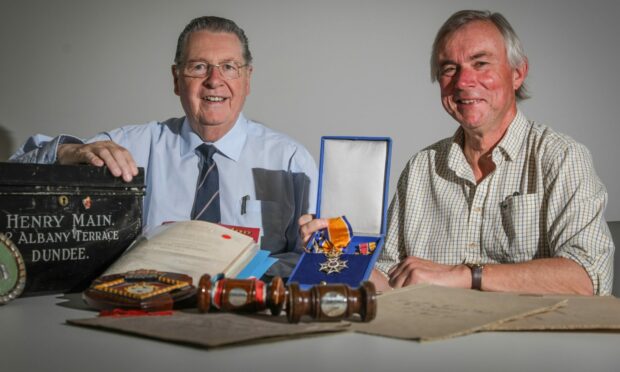
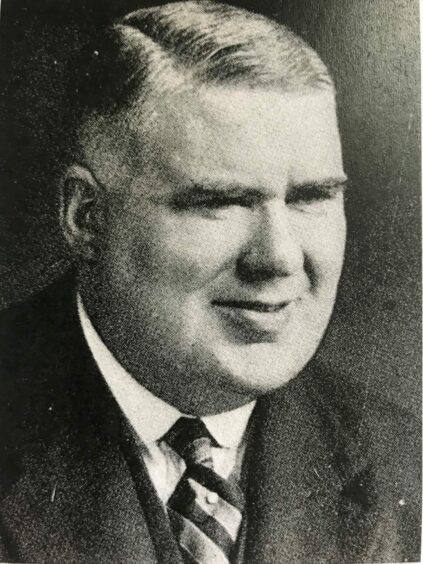
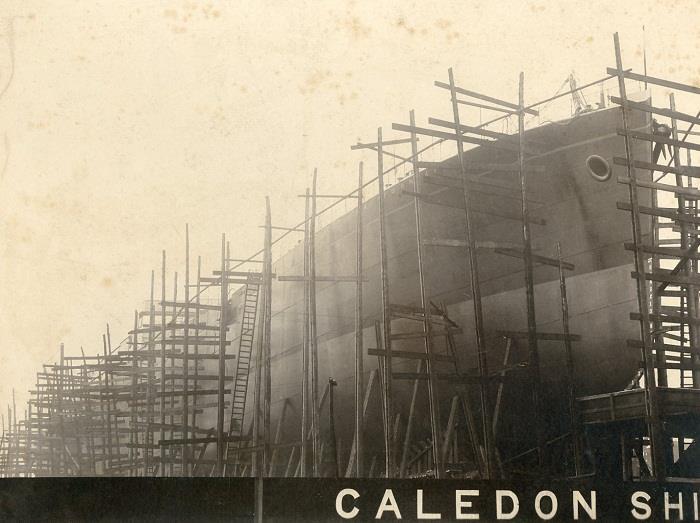
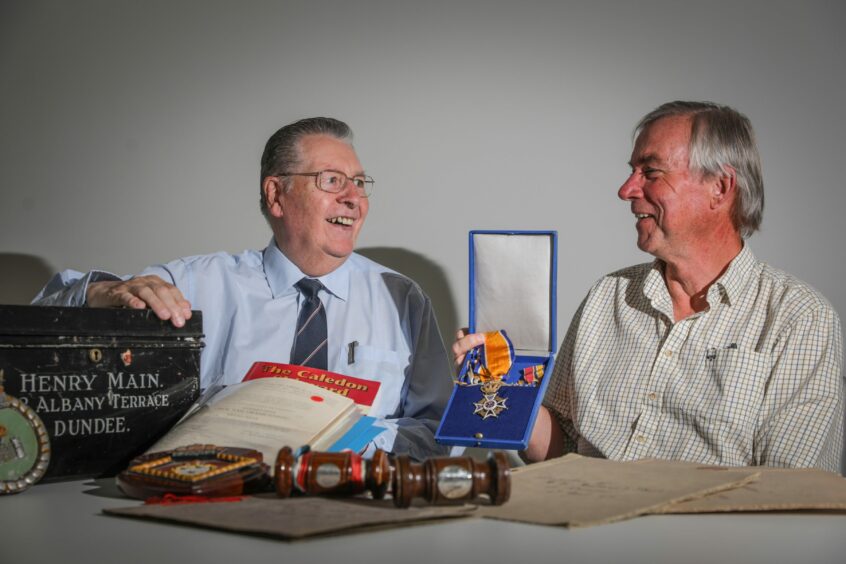
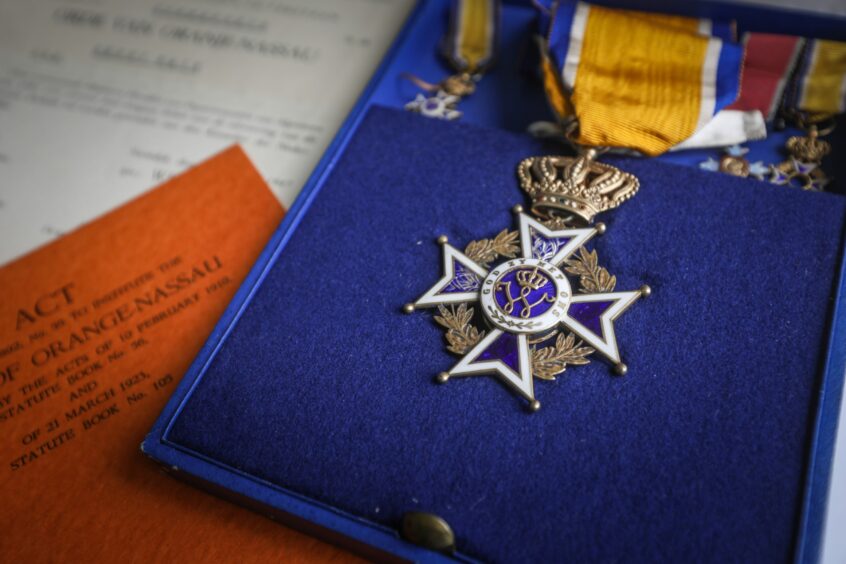
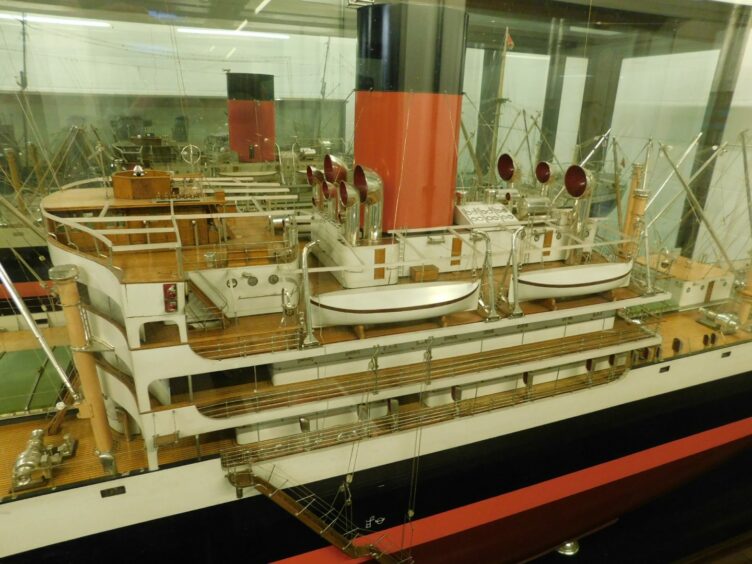
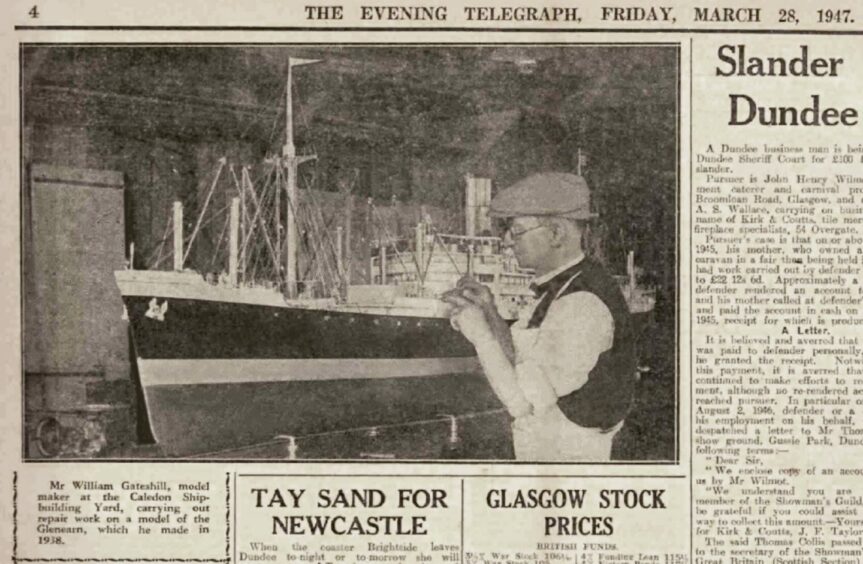
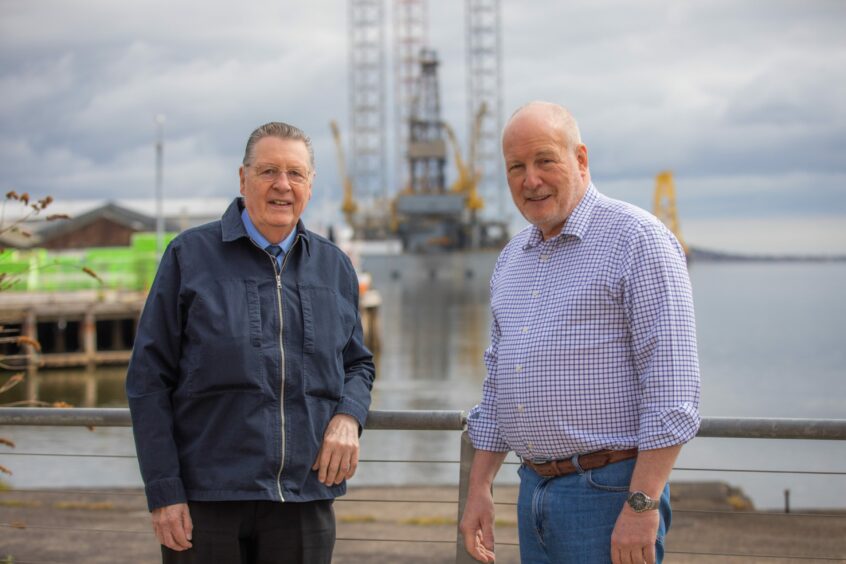
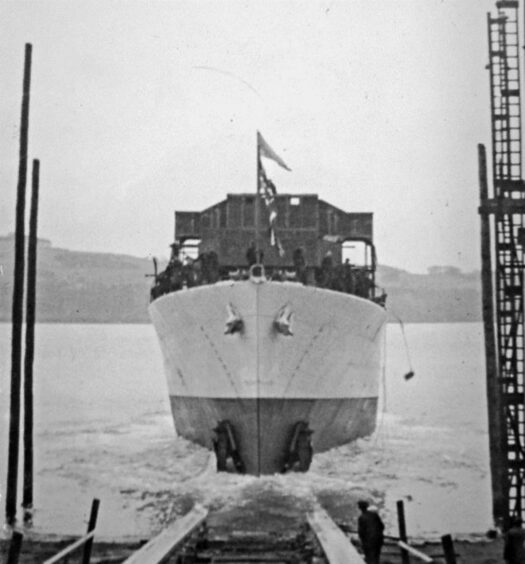
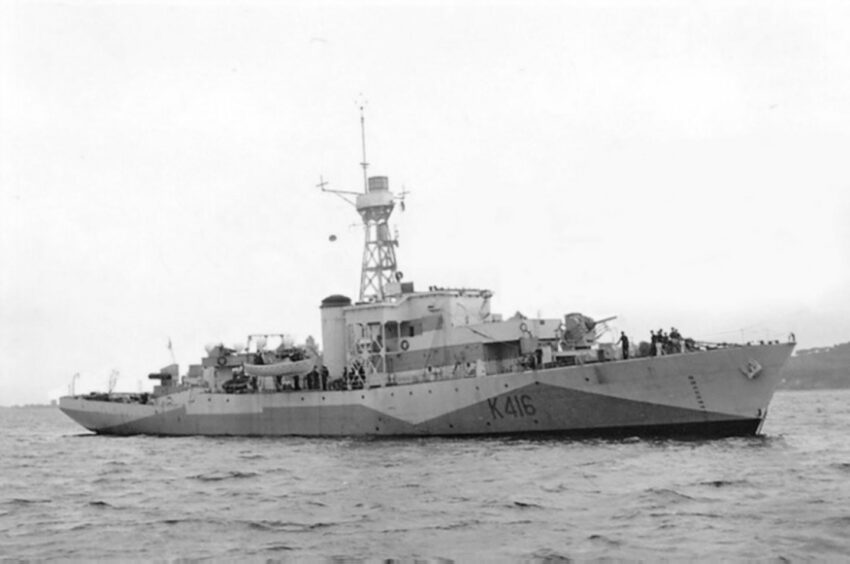
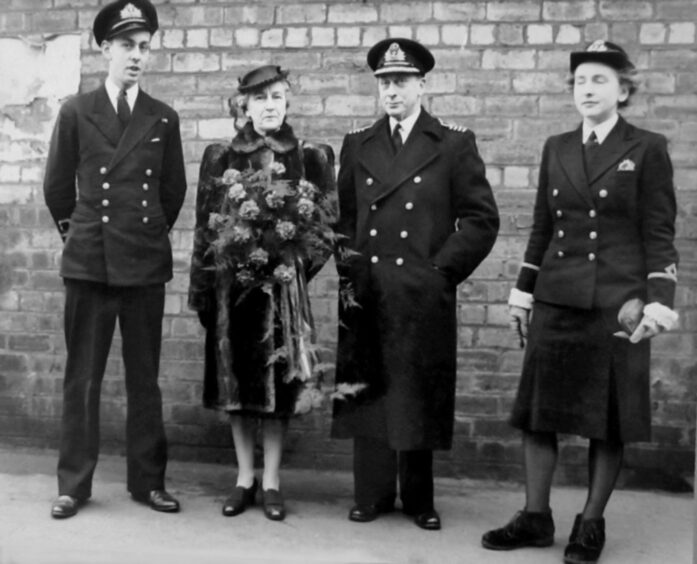



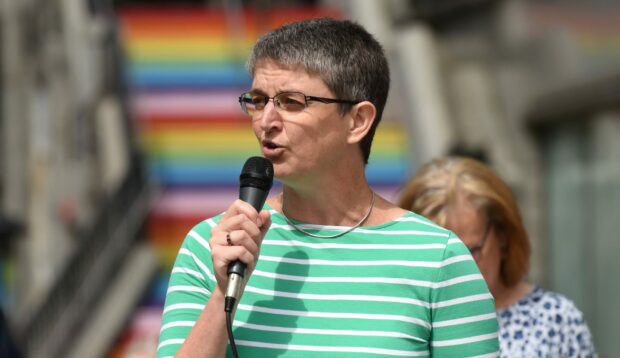


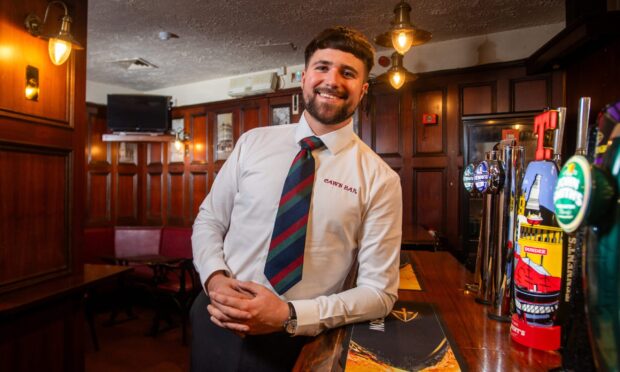
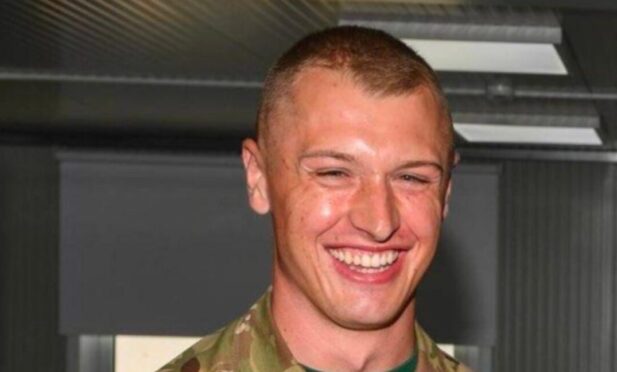


Conversation